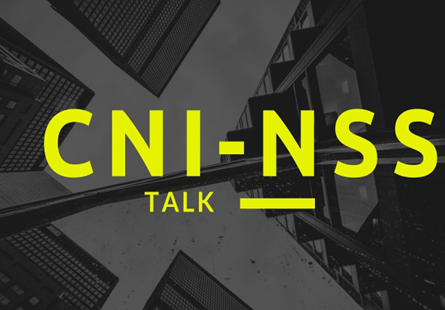
Abstract
Queuing delay has the potential to hurt the performance of many network applications, especially delay sensitive applications like Voice over IP (VoIP), live video streaming, and online gaming. Unfortunately, queuing delay appears to be on the rise in today’s Internet. This is caused primarily due to persistently full large router buffers, which is commonly known as bufferbloat.This provides the motivation for our work, where we aim to understand the consequences of reducing router buffer sizes on system performance. Our study focuses on Compound TCP, in the regime of small Drop-Tail buffers, where the bandwidth-delay product is large. As TCP’s congestion control mechanism constitutes a closed loop feedback system, we adopt a dynamical systems approach to understand the system dynamics. This constitutes a study of stability (using control-theoretic techniques) and nonlinear dynamics (using Hopf bifurcation analysis). In addition, we pay particular attention to the statistical properties of the queue. In our work, we systematically study three topologies. We start with a single bottleneck scenario and then proceed towards more complex topologies with two and then three bottleneck routers. Our study reveals the importance of buffer thresholds for ensuring stability. In all cases considered, smaller buffer thresholds tend to favour stability. We also emphasise that larger buffers induce limit cycles in the system dynamics. From a practical perspective, queues with limit cycles would result in a loss of link utilisation, the losses would be bursty, and cause synchronisation among the TCP flows. These insights remain consistent across all topologies, and the traffic scenarios, considered. Hence, our study provides a strong case for why router buffers should be small in terms of reduced latency and stability. Further, such small buffers yield fairly good system performance, in terms of throughput and flow completion times. We also look at the performance of Compound TCP in conjunction with Active Queue Management (AQM) strategies and arrive at the conclusion that even with AQM strategies, the queue size dynamics still shows the emergence of limit cycles and a small threshold-based policy works better. In another thread, we are also looking at conditions under which the TCP flows synchronise, inspired by time-delayed coupled oscillators. Debayani Ghosh, Chalmers University
Debayani Ghosh obtained her M.S. (by Research) and Ph.D under the dual degree programme from the Department of Electrical Engineering at the Indian Institute of Technology Madras, Chennai, India in 2019. Further, she obtained her B. Tech. in Electronics and Communication Engineering from Cochin University of Science and Technology, Cochin, India in 2012. Currently, she is a post doctoral researcher at Chalmers University of Technology, Sweden. Her research interests lie in the broad area of Networked Control of Large-Scale Systems. 
